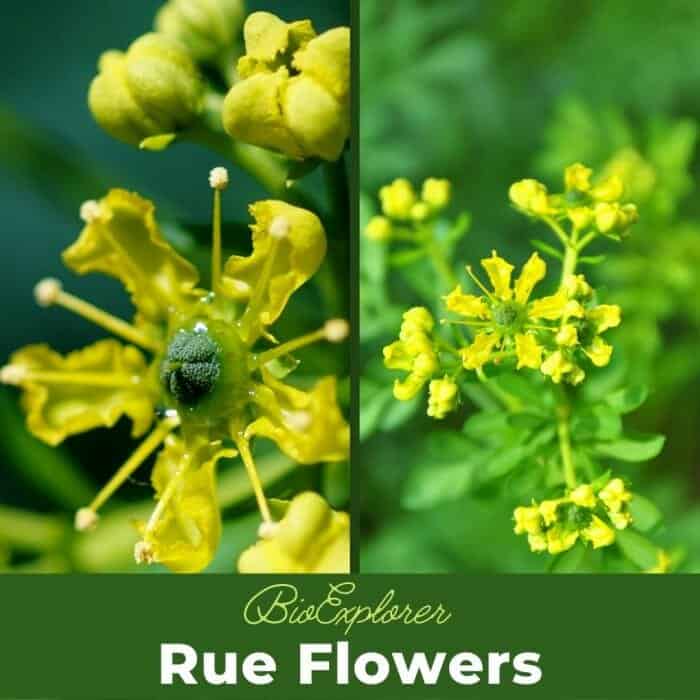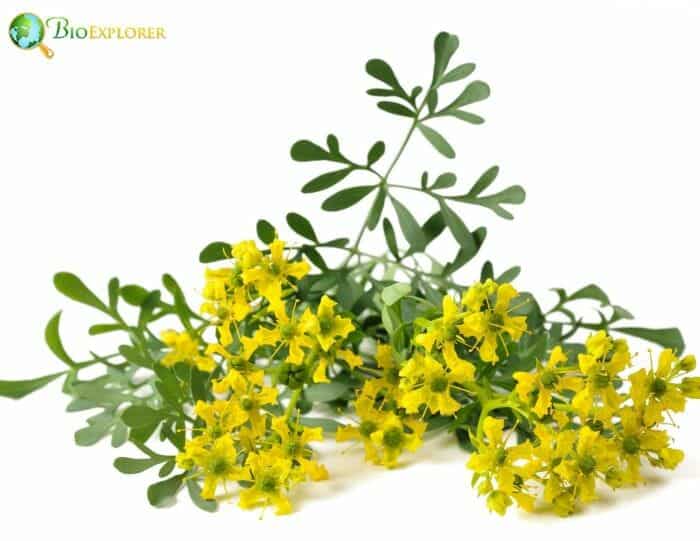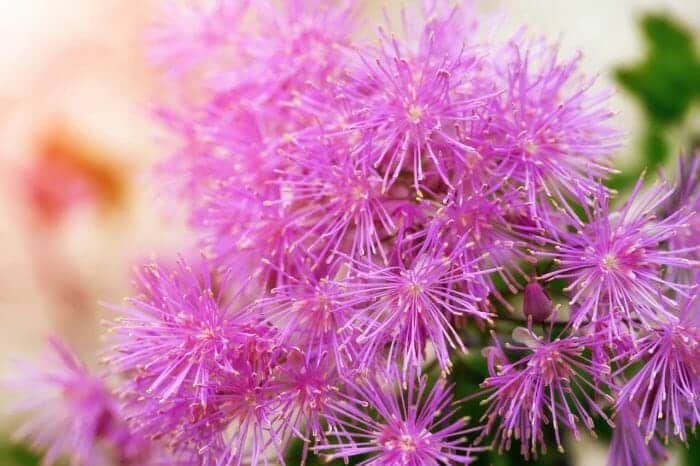
Rue (Ruta graveolens), also known as herb-of-grace, is a type of Ruta cultivated as an herbaceous and ornamental plant. It is endemic to the Balkan Peninsula.

Today, it is cultivated in gardens worldwide, particularly for its bluish foliage and often for its tolerance to dry and hot soils. Rue is a member of the Rutaceae family. Unfortunately, the knowledge base on the Ruta genus is somewhat incomplete. Some botanists suspect about 40 species[1] in this genus, but only 8 are currently known.

The hardy plant reaches heights of 20 and 32 in (50 to 80 cm) and grows strongly branched, erect, and bushy. As a subshrub, the plant lignifies the lower branches.

The two or three pinnate and spatulate leaves of rue are characteristic. The color of the foliage is pale blue or greenish-gray.

In general, the rue is expected to bloom between June and October. The small, hermaphroditic, yellow flowers create a loose veil of golden corymbs. Each individual bloom is usually up to 1 cm in diameter. The flowers are arranged in cymes.












